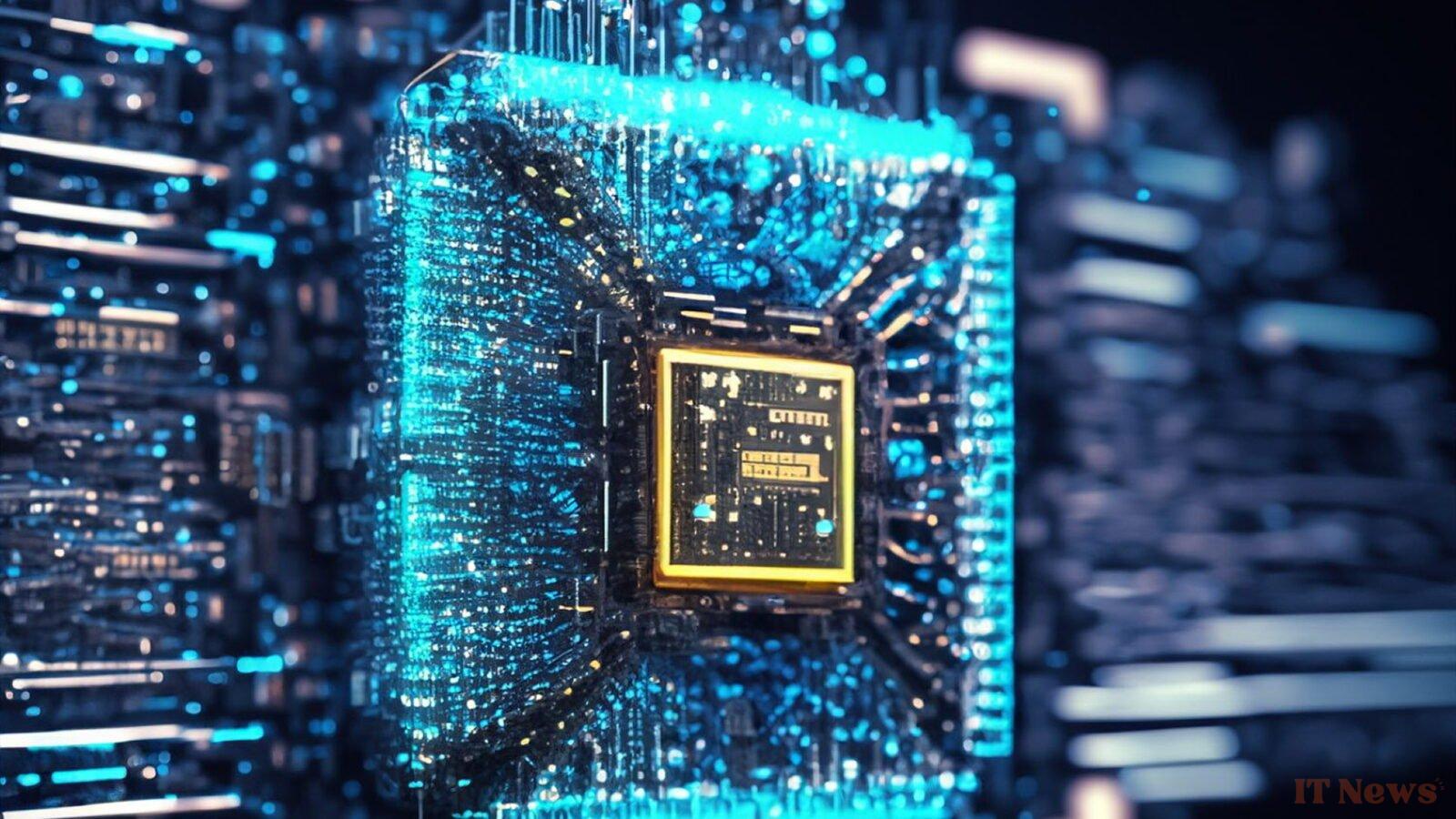Quantum computing is still in its infancy and is still struggling to get out of the labs; however, the entire industry is already preparing for its future democratization, anticipating the technological leap forward it is supposed to bring, but also the security risks that this technology poses to current cryptographic algorithms.
A public key algorithm such as RSA – which we use every day on the Internet without really realizing it, whether for e-commerce, instant messaging services, exchanging emails or simply browsing the web – is, for example, theoretically easy to break using a quantum computer; Shor's algorithm thus makes it possible to brute-force this type of data encryption by factoring the prime numbers chosen to construct the public/private key pair in a non-exponential time. In other words, a quantum computer is capable, at least on paper, of breaking this type of encryption in a “reasonable” time, and therefore of finding the private key that was used to encrypt data. A feat that is currently impossible for a classical computer, provided that the keys in question are sufficiently long.
Solutions today for the quantum risk of tomorrow
Well aware of this (future) problem, Microsoft is working – like the rest of the IT industry – to implement encryption solutions capable of resisting this type of brute-force attack carried out by a quantum computer. Several post-quantum candidates already exist, based on approaches and methods such as Euclidean lattice cryptosystems, and more generally on mathematical problems that are expected to be difficult to solve for both classical and quantum computers.
The publisher has just begun to integrate into the Insider Preview version of Windows 11 such so-called “PQC” (for post-quantum cryptography) algorithms, specifically designed to withstand the capabilities of quantum computers. Two PQC schemes standardized by the NIST (National Institute of Standards and Technology) are particularly highlighted in this integration: ML-KEM designed to encapsulate public keys or manage key exchanges and ML-DSA to provide digital signatures resistant to quantum attacks. These algorithms are integrated into the Cryptography Next Generation (CNG) API and certificate management functions within Windows; they offer stronger guarantees against future signature forgery attacks, but use larger key and signature sizes than their traditional counterparts. During the transition period, Microsoft recommends using these post-quantum algorithms in a hybrid mode, combining them with proven traditional algorithms such as ECDH, RSA, or ECDSA. This hybrid approach uses both a PQC algorithm and a traditional algorithm, thus providing defense in depth. Early access to PQC capabilities in Windows 11 will allow organizations to proactively assess their compatibility, performance, and integration with existing security infrastructures now. Security teams will be able to optimize implementation strategies and ease the transition to purely post-quantum deployments as PQC algorithms and standards mature.
Test post-quantum cryptography now
With the latest Preview build of Windows 11, Insiders can now install, import, and validate PQC-based certificates in the Windows Certificate Store. They can also measure the impact of these algorithms on TLS latency (one of the most widely used protocols for securing Internet exchanges), certificate size, and API integration. With the PQC updates in the Windows Certificate API, it is also possible to experiment with the installation, import, and export of ML-DSA certificates, as well as the validation of certificate chains and their trust status. It should be noted in passing that Microsoft is also extending PQC support to Linux: the latest version of SymCrypt-OpenSSL introduces equivalent hybrid key exchange capabilities for TLS, based on the latest drafts from the IETF (Internet Engineering Task Force, the organization responsible for developing Internet standards and norms).
The transition and widespread adoption of post-quantum cryptography is not happening anytime soon, however: current solutions are far from being perfectly optimized, particularly in terms of performance, latency and size of the key and signature encapsulation mechanisms, and compatibility with existing systems and platforms still needs to be improved.
Source: Microsoft



0 Comments